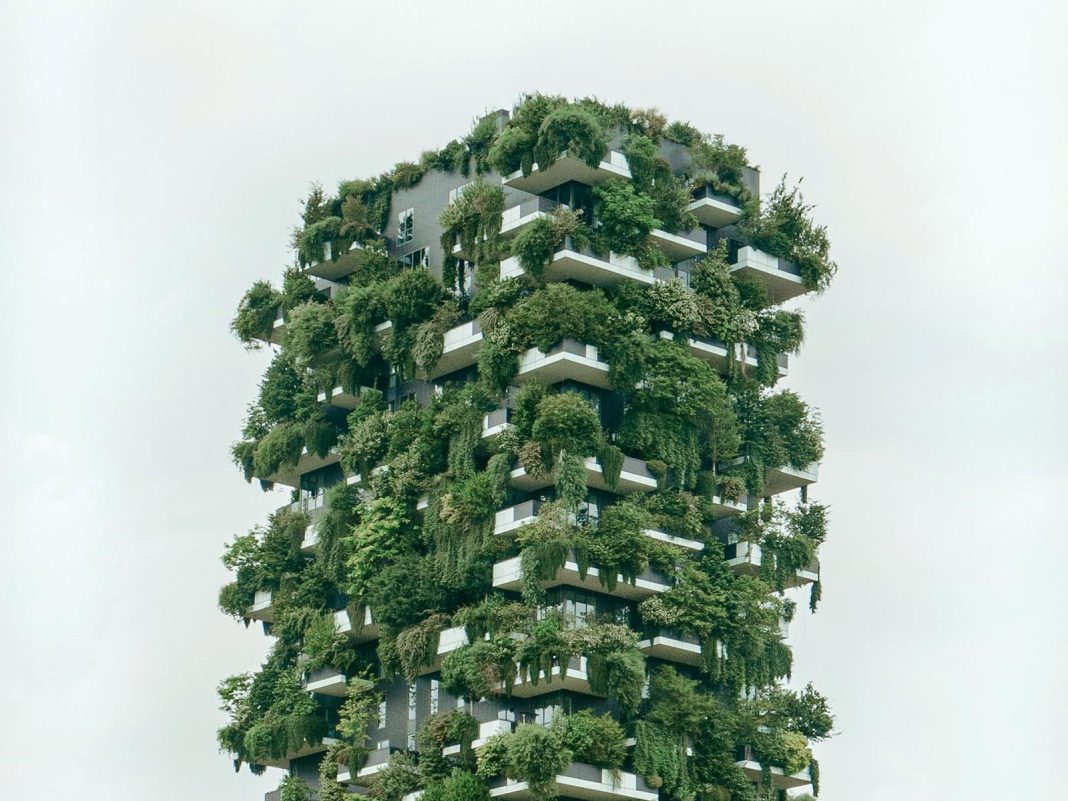Concrete metropolises may seem unlikely champions in the fight against climate change, but cities hold the key to a greener future. With over half of the global population living in urban areas, cities are hotspots for emissions – yet also for innovation. Cities consume over two-thirds of the world’s energy and account for more than 70% of CO2 emissions. However, this dense concentration of people, resources, and infrastructure presents unique opportunities for impactful change at scale.
Urban spaces can become the blueprint for sustainability by reimagining infrastructure. Picture vertical forests, widespread public transport, and rooftops converted into solar farms. Cities like Copenhagen and Singapore are proving that urban planning and environmental stewardship can go hand in hand. Copenhagen’s goal of becoming carbon neutral by 2025 is driven by investments in cycling infrastructure, wind energy, and waste-to-energy plants. Singapore’s urban greening policies have transformed it into a “City in a Garden,” integrating biodiversity into its urban landscape.
However, change must go beyond aesthetics. Equitable urban development ensures that marginalized communities benefit from green initiatives, preventing environmental gentrification. Low-income neighborhoods are often the most affected by pollution and lack of green spaces. By prioritizing affordable housing, creating accessible green areas, and retrofitting old buildings to improve energy efficiency, cities can address social inequality while reducing emissions.
Public transport networks must expand and electrify, reducing dependency on private vehicles. Policies that encourage cycling, walking, and shared mobility can drastically cut emissions while improving public health. Urban agriculture initiatives can address food security and reduce the carbon footprint associated with transporting produce from rural farms to city markets.
By fostering green jobs, prioritizing public spaces, and implementing stricter emission controls, cities can become the frontlines of climate resilience. City governments have the agility to pilot new initiatives and scale successful ones, setting examples for national policies. In the battle for a sustainable future, the cityscape may be our greatest ally – not just as a source of emissions, but as a beacon of hope and transformation.

